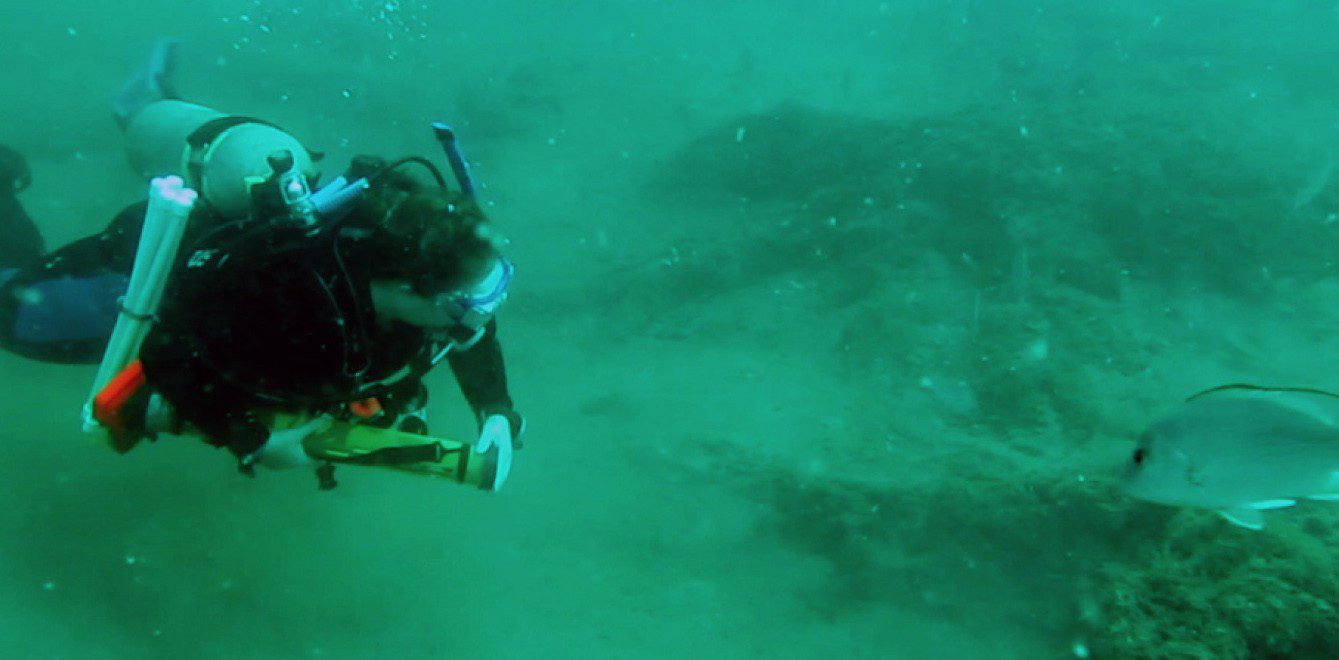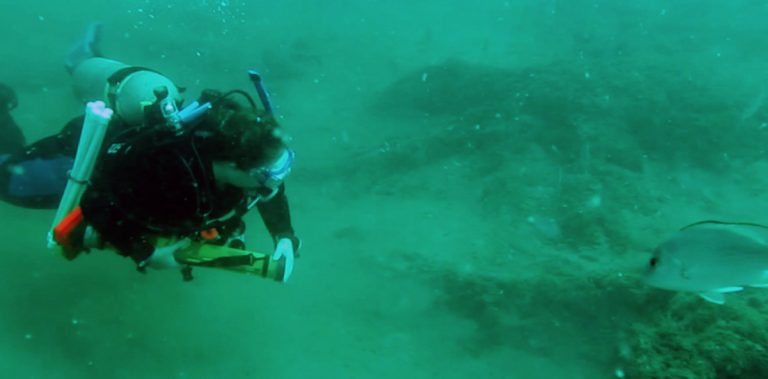DIVING NEWS
Ancient trees a puzzle for divers

Picture: LSU.
Bald cypress trees became established in swampland in what is now the northern Gulf of Mexico during the last Ice Age, before an unknown cataclysmic event buried the ancient forests. Now scuba divers have been recovering the trees from sediment beneath the Gulf waters – and finding it smelling as fragrant as when it was buried in the Pleistocene era.
In 2004 Hurricane Ivan cut across the region and exposed the ancient forest, say researchers at Louisiana State University (LSU). They dived to find the tree stumps at depths of around 18m, eight miles off the Alabama coast.
“We were surprised to find this cypress wood intact, because wood normally decomposes in the ocean from shipworms and bacteria,” said marine geologist and paleoclimatologist associate professor Kristine DeLong of the LSU’s Department of Geography & Anthropology.
Her grandfather had logged cypress trees in Florida and she reported that the exhumed wood “smells like freshly cut cypress”.
Bald cypress (Taxodium distichum) is established throughout the south-eastern USA and was highly prized in the 19th century because it was resistant to decomposition, water rot and insects. The species is now protected.
DeLong and her team began diving the site in 2013, when they recovered the first cypress specimens for analysis. They found them to be too old for radiocarbon-dating, but through other methods established that the forest had originated in the early part of the last Ice Age – 42-74,000 years ago.
The divers went on to collect sediment cores from the area. They found sand and seashells in the upper layers but also organic peat with roots and leaves towards the bottom of the tubes.
“As a marine geologist, we don’t see this type of sediment,” said DeLong. “What was interesting was finding seeds from St John’s wort, button bush and rose mallow, which are native plants we can find on land today.”
The team has been collaborating with terrestrial tree and plant experts but remain puzzled by the survival of the specimens, even though the low oxygen content in swamp waters might have been expected to halt their decomposition.
19 June 2021
One theory is that the sea level rose suddenly, with the flood plain burying the cypress forest. Another is that a melting ice-sheet caused a sudden influx of water in the Mississippi and other nearby rivers that pushed sediment over the trees.
From 18,000 years ago as the ice melted sea levels would have risen and further flooded the area. The researchers believe there could be other underwater ancient cypress forests along the Gulf Coast.
Their findings were published recently in the journal BOREAS.


